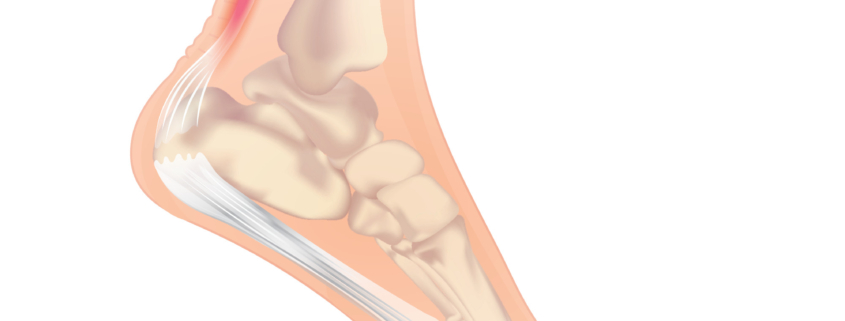Achilles Tendinitis

Overview
Achilles tendinitis is an overuse injury that commonly strikes professional and recreational athletes, particularly runners. It involves inflammation, pain, and swelling of the Achilles tendon, which links your calf muscles to your heel bone. This condition can interfere with daily life and limit mobility if not managed effectively.
Types
There are two main types of Achilles tendinitis:
1. Noninsertional Achilles Tendinitis: The fibers in the middle portion of the tendon have begun to break down, swell, and thicken. This condition typically affects younger, active people.
2. Insertional Achilles Tendinitis: This affects the lower part of the tendon where it attaches to the heel bone. It can occur at any age, even in individuals who are not active. In some cases, hardening and bone spurs may develop alongside this type of tendinitis.
Causes
Common causes and risk factors of Achilles tendinitis include:
– Overuse or straining during physical activities.
– A sudden increase in training intensity or duration.
– Wearing inappropriate or worn-out shoes while running or training.
– Running on hard or uneven surfaces.
– Older age, as tendons weaken with age.
- Certain medical conditions, such as arthritis or diabetes.
Symptoms
Individuals with Achilles tendinitis typically experience:
– Pain and stiffness around the Achilles tendon, especially in the morning.
– Severe pain the day after exercising.
– Swelling that gets worse with activity.
– Thickened, red or warm areas on the tendon.
– Difficulty in standing on toes.
Diagnosis
A doctor typically diagnoses Achilles tendinitis based on patient history, physical examination, and imaging tests. These can include:
– X-rays: To visualize bone aspects.
– Ultrasound or MRI: To view the tendon’s condition.
Treatment Options
Treatment of Achilles tendinitis focuses on reducing pain and inflammation, strengthening the tendon, and preventing future injury. Common strategies include:
– Resting and elevating the affected leg.
– Applying ice to the tendon, particularly after activity.
– Over-the-counter pain medication.
- Exercise and stretching to strengthen the tendon.
– Using a brace or supportive footwear.
– Physical therapy.
- In severe cases, surgery may be required.
Living With Achilles Tendinitis
Living with Achilles tendinitis may require some adjustments to everyday activities, including:
– Regular exercise: Low-impact activities like swimming can strengthen muscles without straining the tendon.
– Wearing proper footwear: Shoes with good arch support and cushioning can reduce stress on the Achilles tendon.
– Staying healthy: Maintaining a healthy weight puts less stress on the tendon.
– Rest: Taking plenty of breaks during physical activities can prevent overuse injuries.
When to Seek Help
If you suspect that you have Achilles tendinitis, consult a healthcare provider. Seek immediate medical attention if:
– The pain or swelling is severe.
– You can hear a ‘pop’ sound in your heel.
– You have difficulty walking or cannot walk at all.
Managing Achilles tendinitis effectively is crucial for maintaining an active, healthy lifestyle. With prompt recognition and treatment, most people can recover from this condition and return to physical activities without pain or complications.
